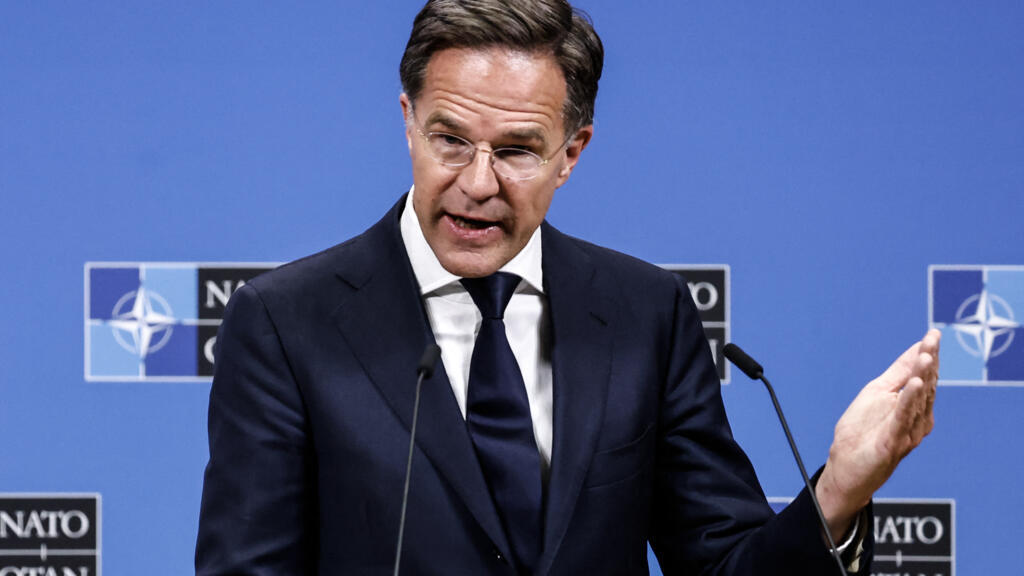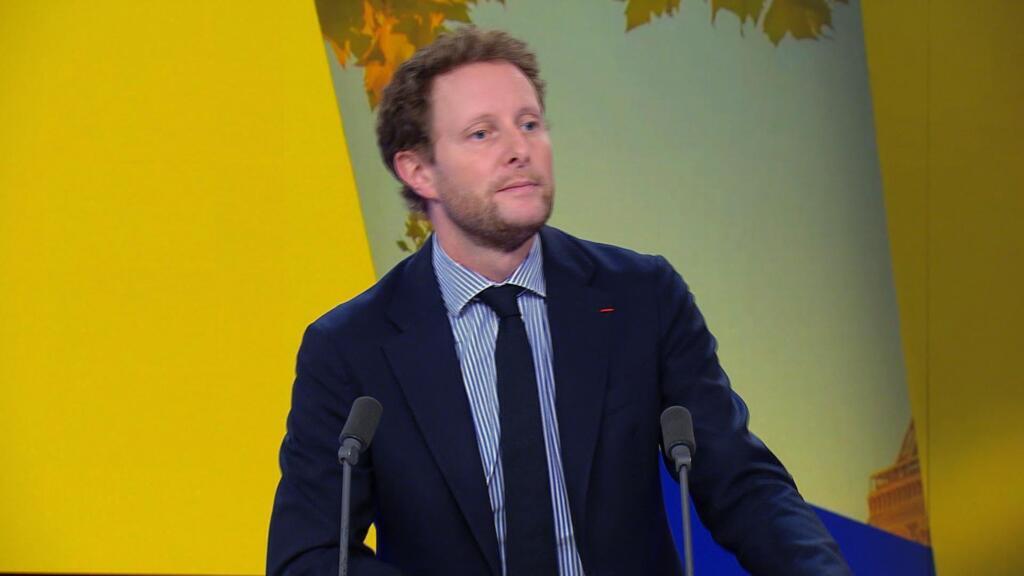Denmark to Buy Long-Range Weapons in ‘Paradigm Shift’

© Emil Nicolai Helms, via Getty Images


© Emil Nicolai Helms, via Getty Images
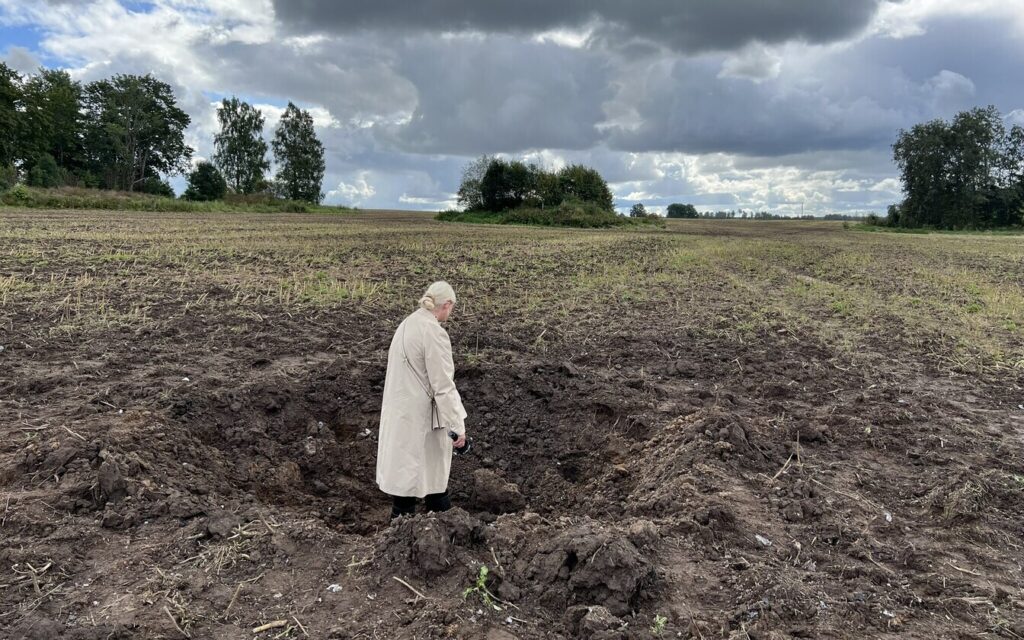

Russia is trying to blame Ukraine for the attacks on NATO. Recently, a video appeared in Lithuania showing “drone debris with Ukrainian writing,” which Russian Telegram channels have been actively spreading, Spravdi reports.
In early July, Polish investigators revealed that wreckage from Russian drones shot down in Ukraine contained 4G modems equipped with SIM cards from Polish mobile operators, as reported by Polish journalist Marek Budzisz. Later, a SIM card from a Lithuanian operator was also discovered in another drone. Analysts say the findings directly point to Russia’s preparation for drone incursions into NATO airspace, as Moscow tested mobile network connections in advance.
Fact-checkers at Ukrinform confirmed that the clip was professionally edited, with rapid scene changes, unlike amateur footage, indicating it was staged.
The original video came from the TikTok account katelynltu, created specifically for this post. The account’s avatar is also used by other fake profiles, confirming its bot status.
In reality, the video is a Russian propaganda fabrication aimed at distracting from Russia’s real attacks on NATO countries.
Russian propagandist RT correspondent Oleksii Stefanov, previously expelled from Latvia for propaganda, appears in the clip, confirming the action was planned.
Since late July, Russia has regularly carried out drone attacks on the Baltic states and Eastern Europe. Lithuania confirmed that drones deliberately violated its airspace, while Poland and Romania were also targeted by Russian drones.
Similar fakes are actively spreading in Poland and Romania, undermining trust in information about actual strikes.
On 10 September, Russian drones violated Polish airspace. The incident prompted Polish aviation to scramble and temporarily shut down airports in Warsaw, Lublin, and Rzeszów amid fears of a wider attack. NATO advanced fighter jets shot down at least four of the reportedly 19 drones that crossed into Poland.

Ukraine wants to buy vital weapons and systems from the US and sustain its fight against Russia's invasion

© Associated Press

Poland’s foreign minister has called for military protection of its airspace following Russian drone incursions, Maira Butt reports

© AFP/Getty
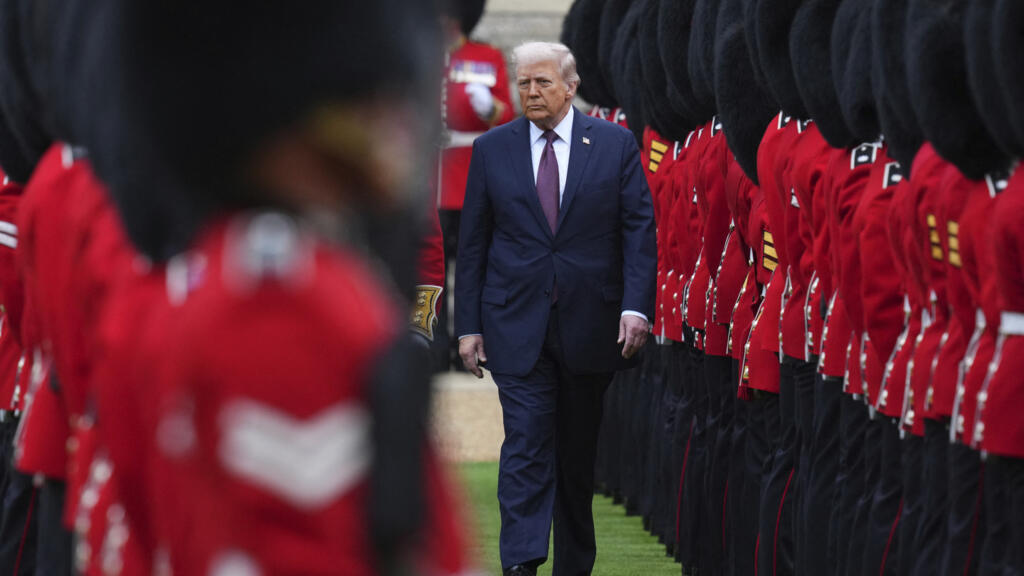



© PA Wire/PA Images
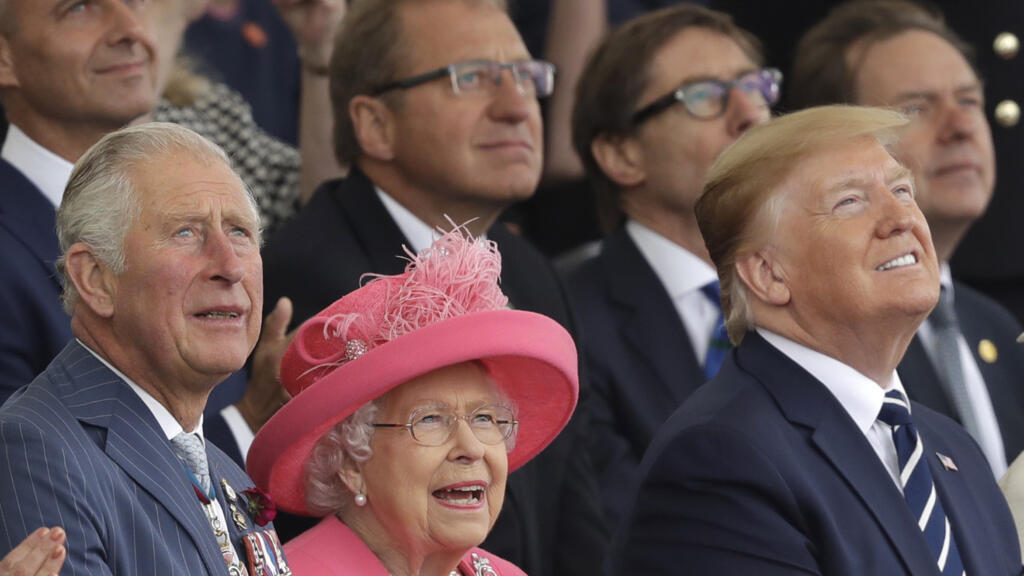





© Mary Turner for The New York Times


© Angelos Tzortzinis/Agence France-Presse — Getty Images

Nearly 50 trains delayed in Ukraine after railways infrastructure targeted by Russia

© AP


© Miguel Riopa/Agence France-Presse — Getty Images
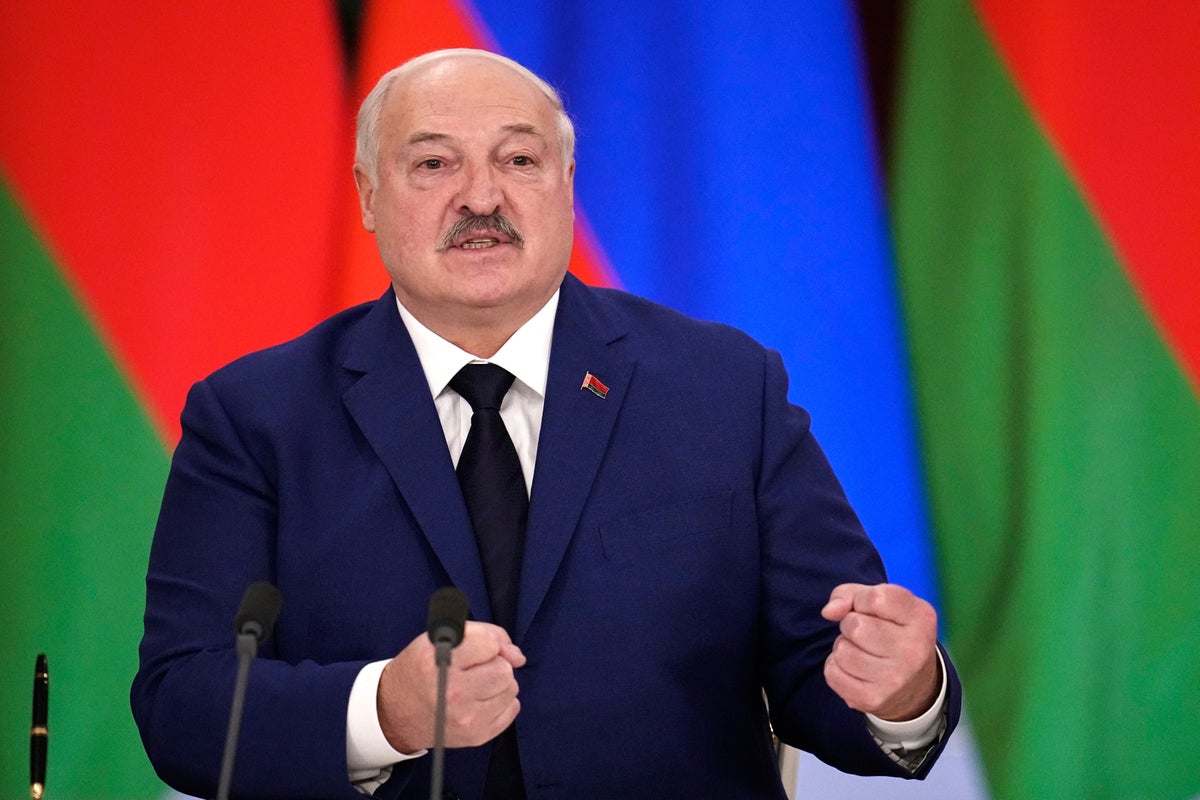

© Copyright 2025 The Associated Press. All rights reserved.
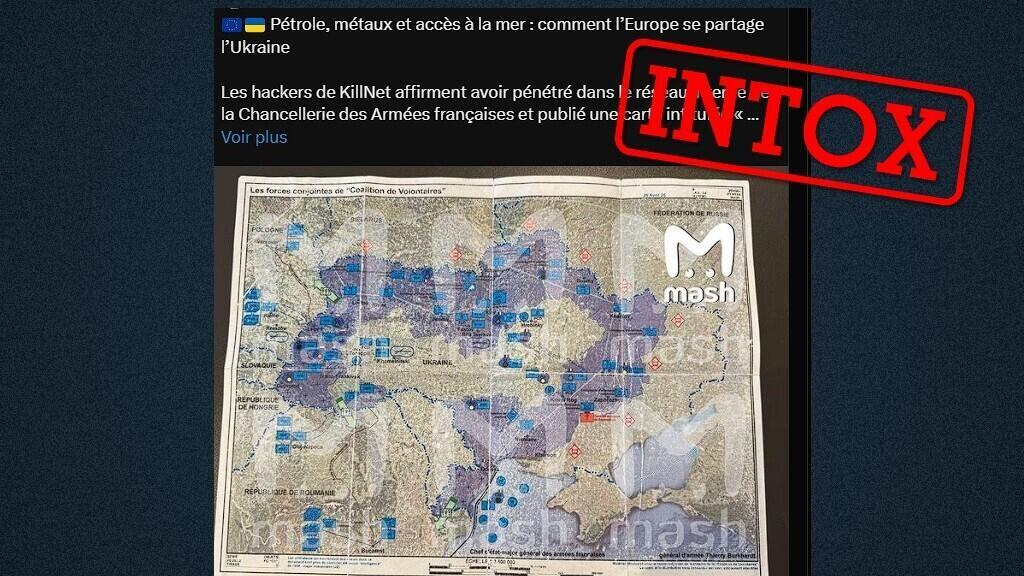

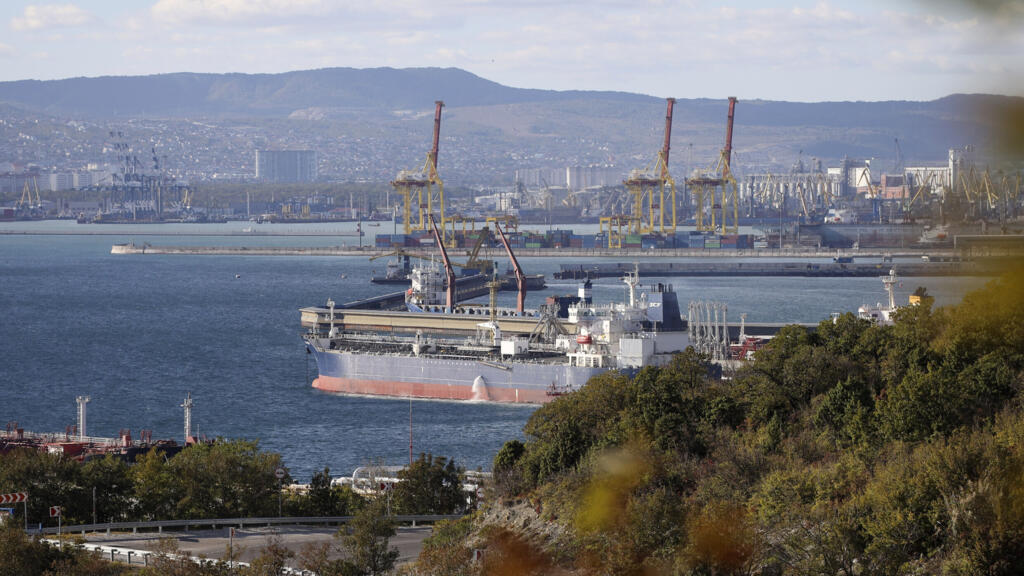

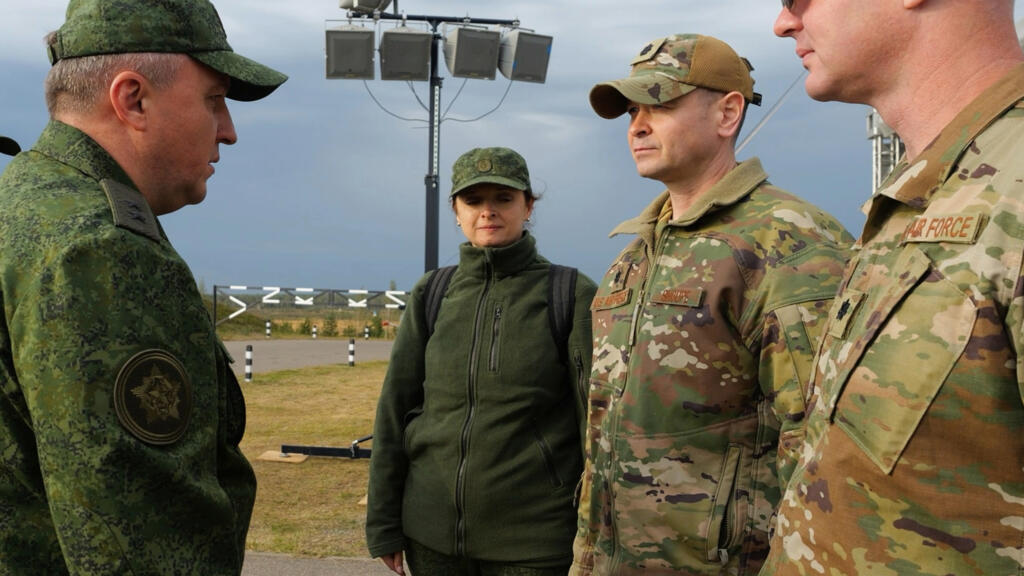


The sentences, ranging from 8 to 13 years, have been called ‘politically motivated’ by the protest group

© Getty
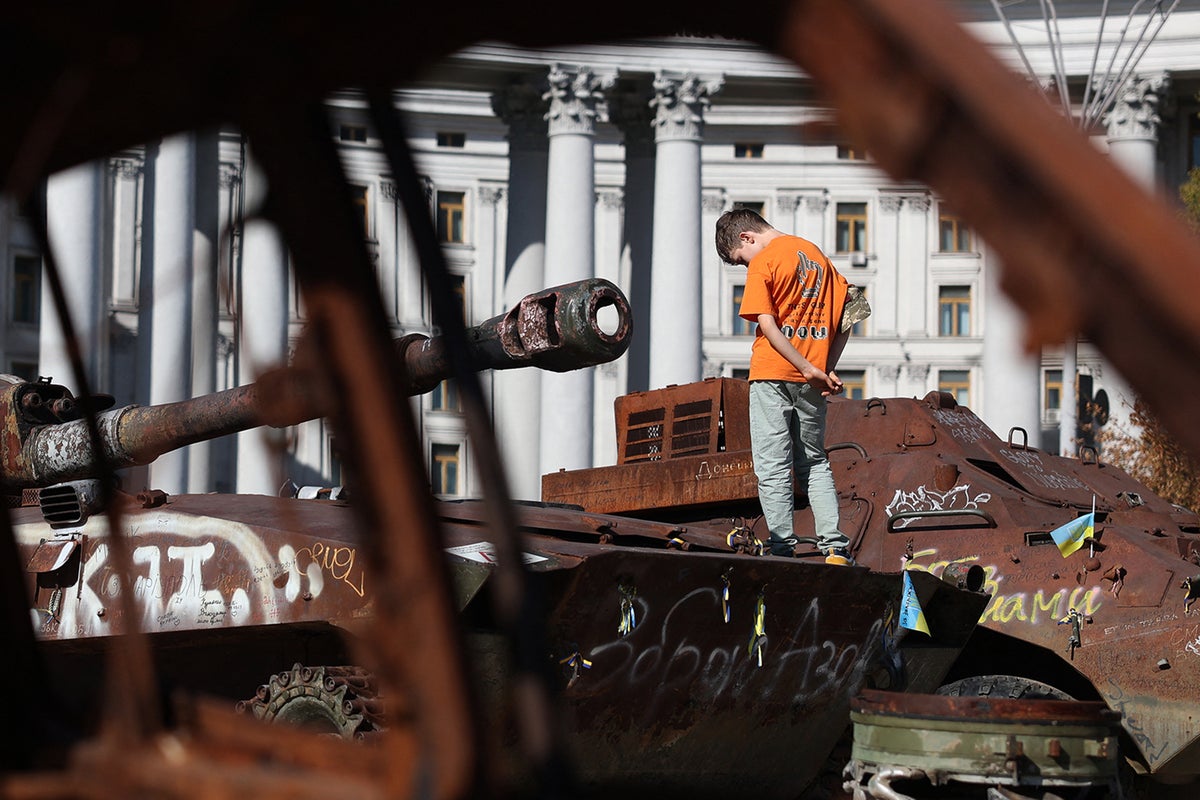
The US report found over 200 sites where children have reportedly been taken by Russia

© AFP/Getty


© Doug Mills/The New York Times
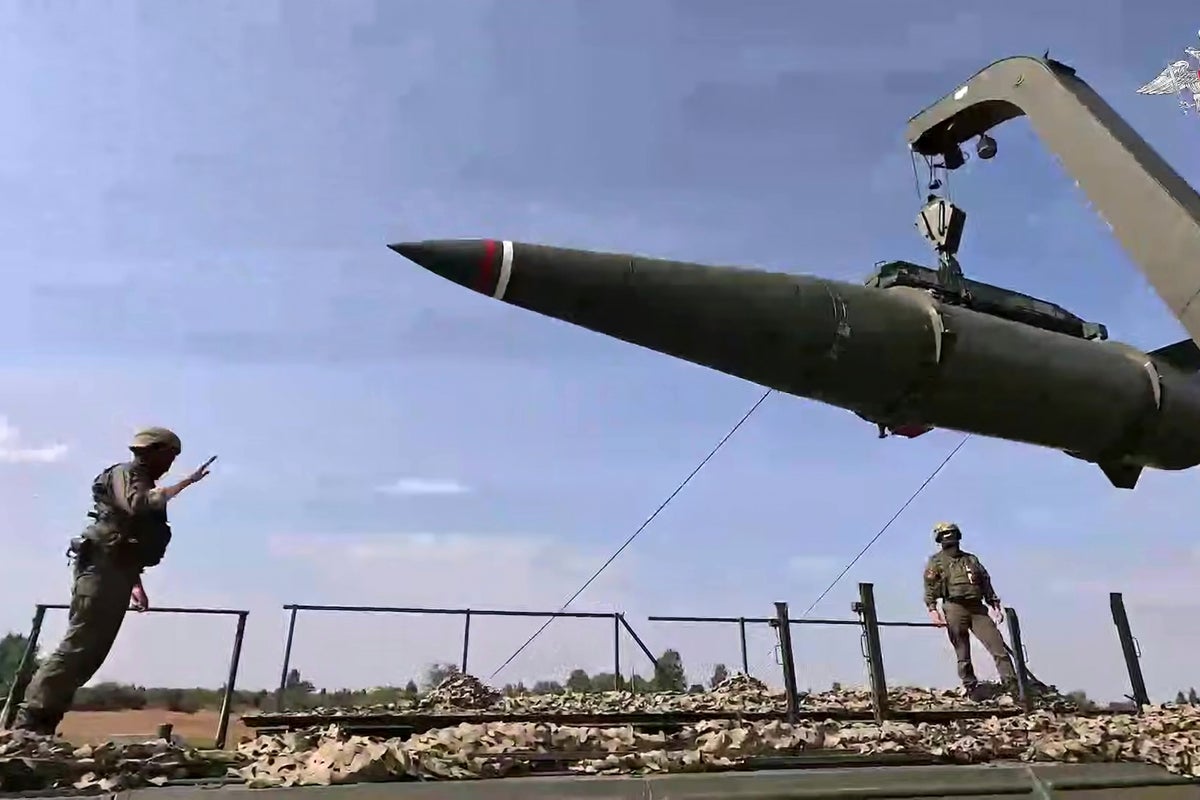
One year ago this month, Putin outlined a revision of Moscow's nuclear doctrine

© Russian Defense Ministry Press Service

The US president said Zelensky ‘has to make a deal’ and refused to criticise Putin for stalling peace talks

© AFP via Getty Images

Romania became the latest Nato member to scramble fighter jets after a Russian drone entered its airspace

© AFP/Getty


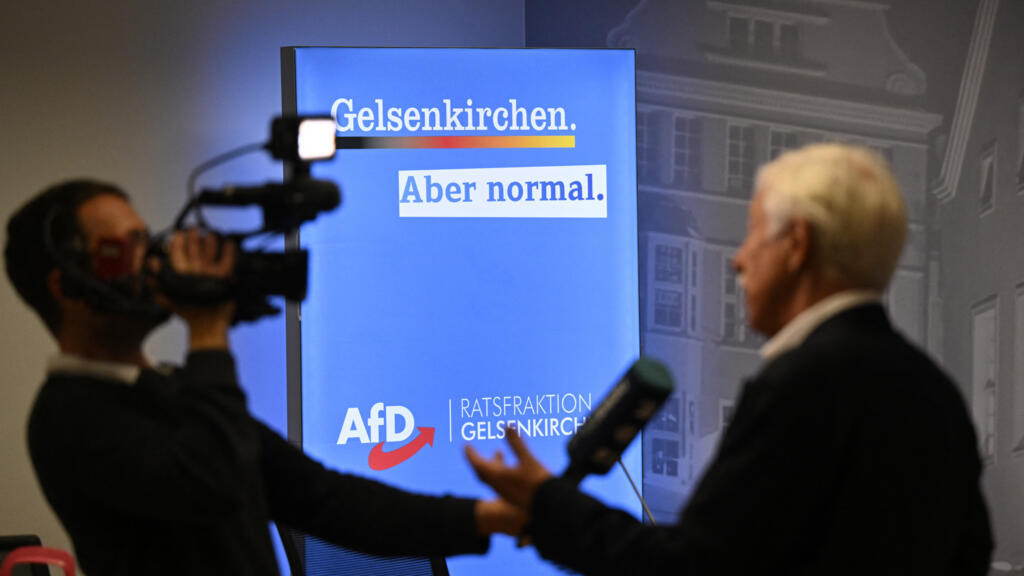



© Copyright 2018 The Associated Press. All rights reserved
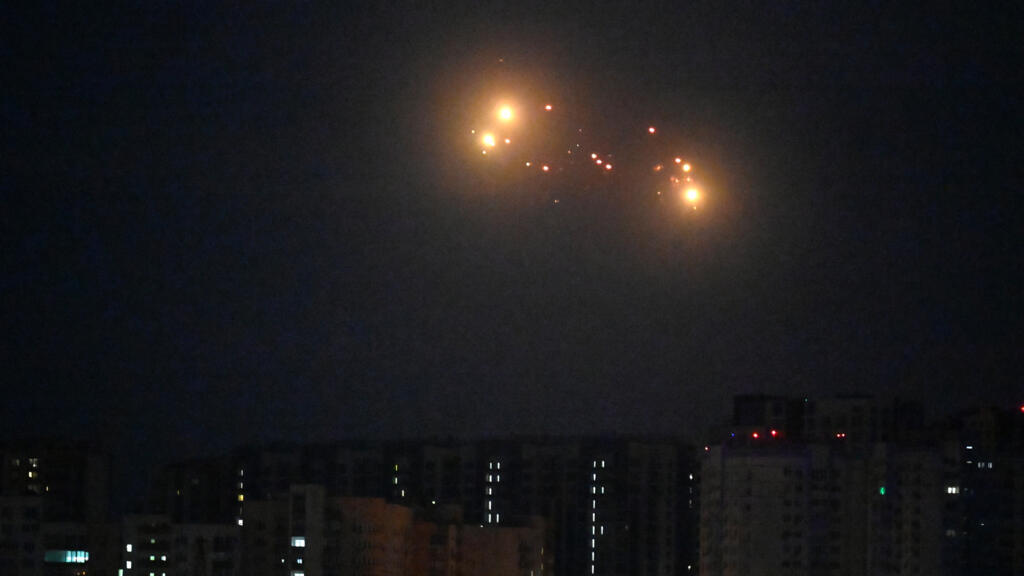



© Russian Emergency Ministry Press Service via AP
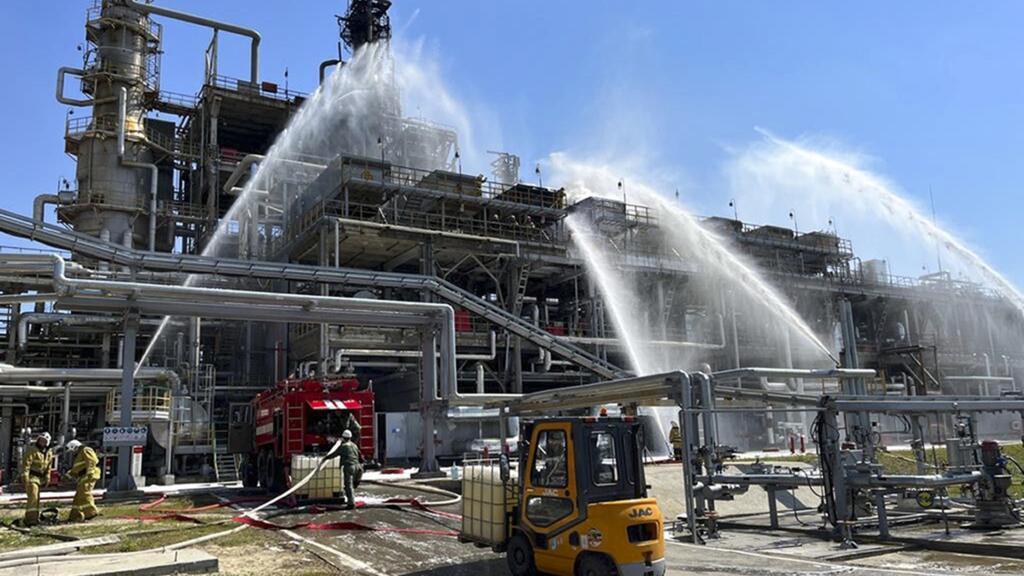




Moscow claims Nato already fighting Russia by backing Kyiv

© AFP via Getty Images

US president says he believes Russia-Ukraine war would end if all Nato countries stopped ‘shocking’ buying of oil from Moscow

© PA Wire
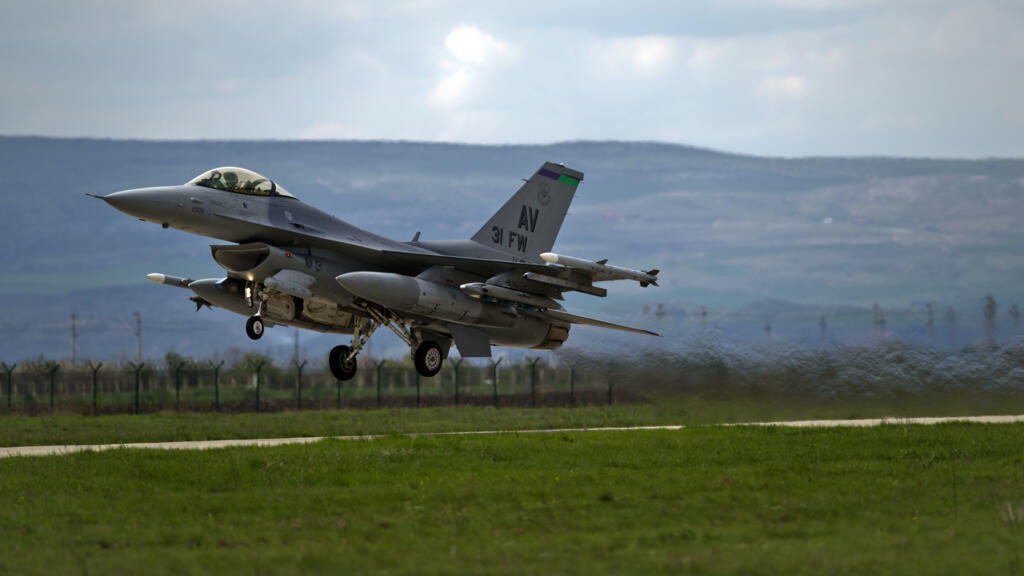





En Albanie, un pays des Balkans au nord-ouest de la Grèce, le premier ministre Edi Rama a présenté une nouvelle «ministre» qui est en fait une intelligence artificielle.
Elle sera chargée d’analyser les candidatures lors des appels d’offres publics.
Cette IA, développée avec Microsoft, est représentée par un avatar féminin en habit traditionnel albanais.
Son rôle est de réduire les risques de corruption et d’améliorer l’efficacité du gouvernement, a précisé le premier ministre.
[L'article Un pays confie un ministère à l’intelligence artificielle a d'abord été publié dans InfoBref.]


© Doug Mills/The New York Times






© Wojtek Radwanski/Agence France-Presse — Getty Images


© Joseph Prezioso/Agence France-Presse — Getty Images


© Copyright 2025 The Associated Press. All rights reserved.
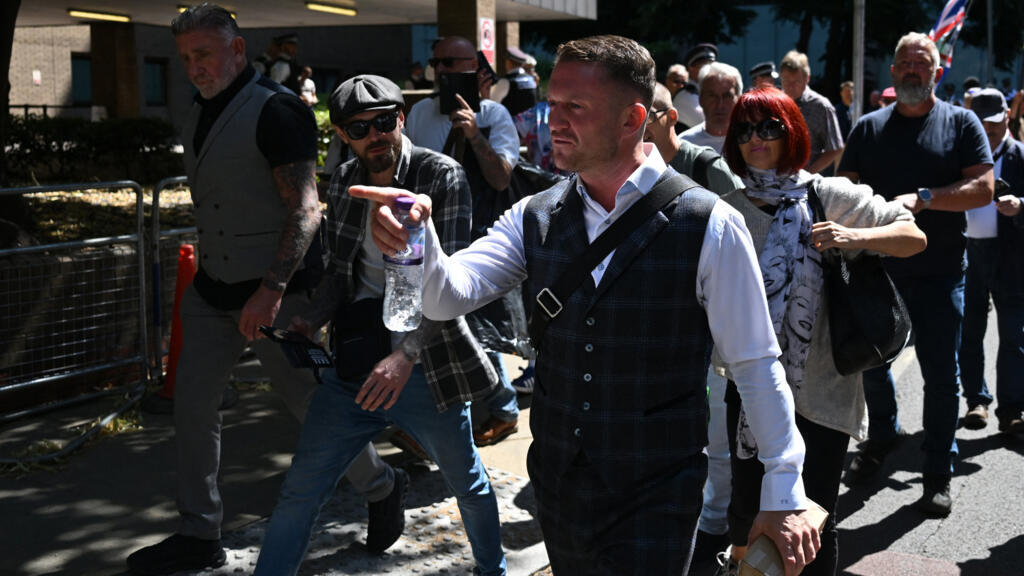



© Wojtek Radwanski/Agence France-Presse — Getty Images
